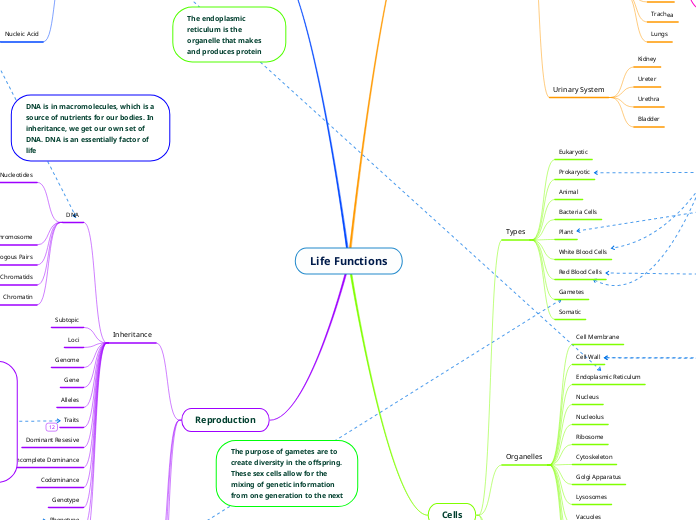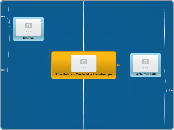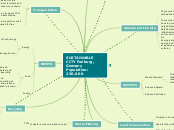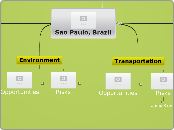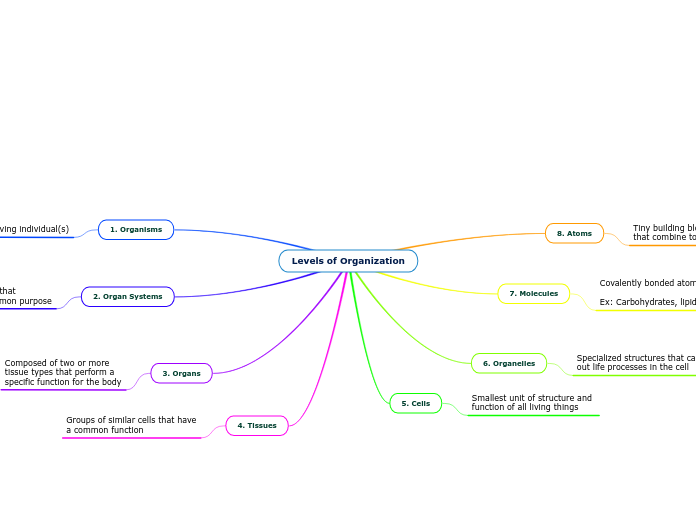par sarah gibson Il y a 2 années
77
Life Functions
The text discusses the fundamental aspects of biology, focusing on the role and function of gametes in creating genetic diversity among offspring. It categorizes different types of cells, including eukaryotic and prokaryotic, and further elaborates on their specific roles, such as somatic cells, animal cells, and plant cells.
